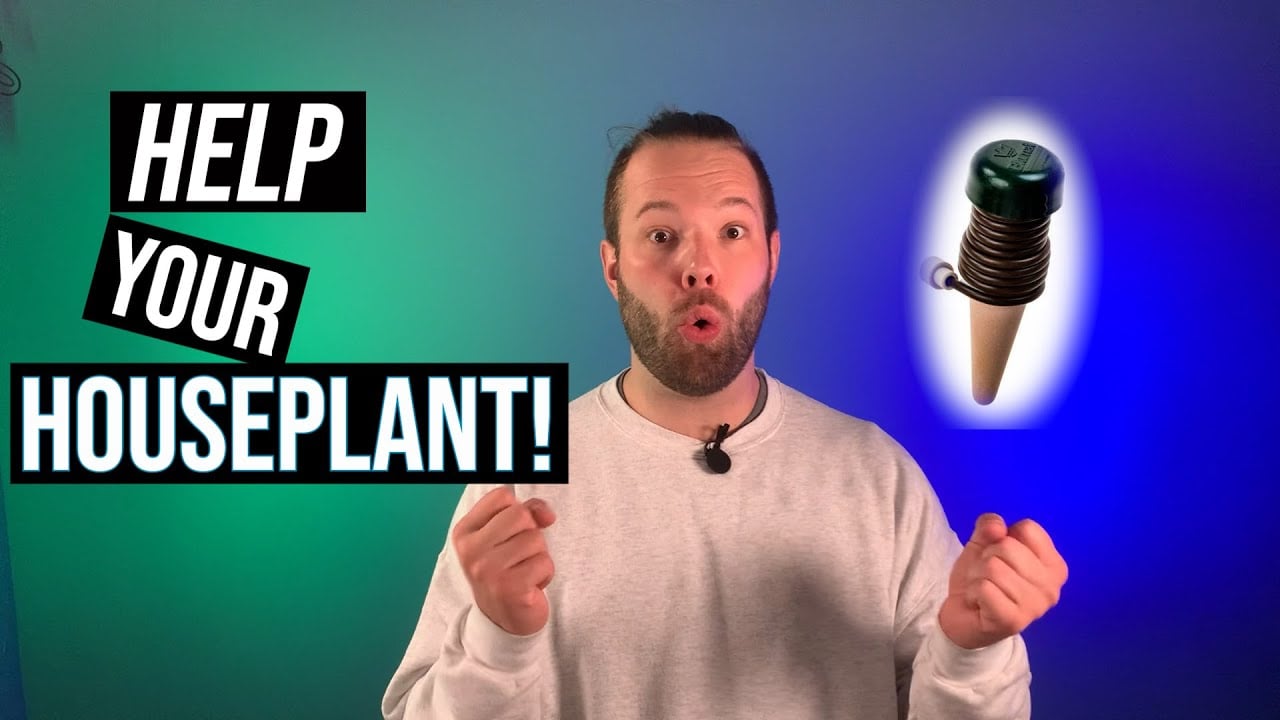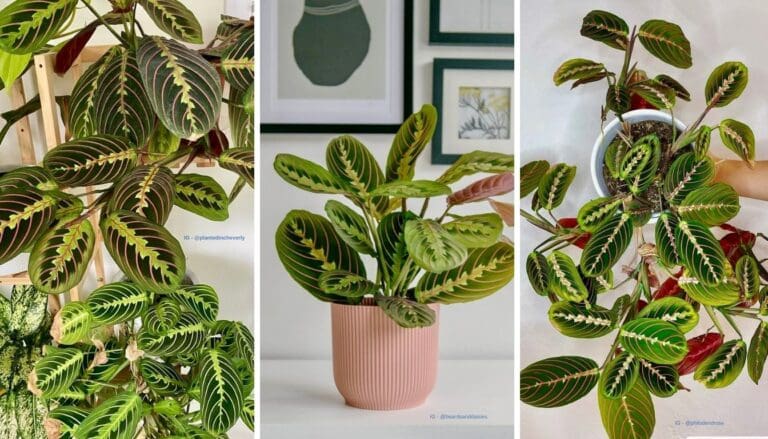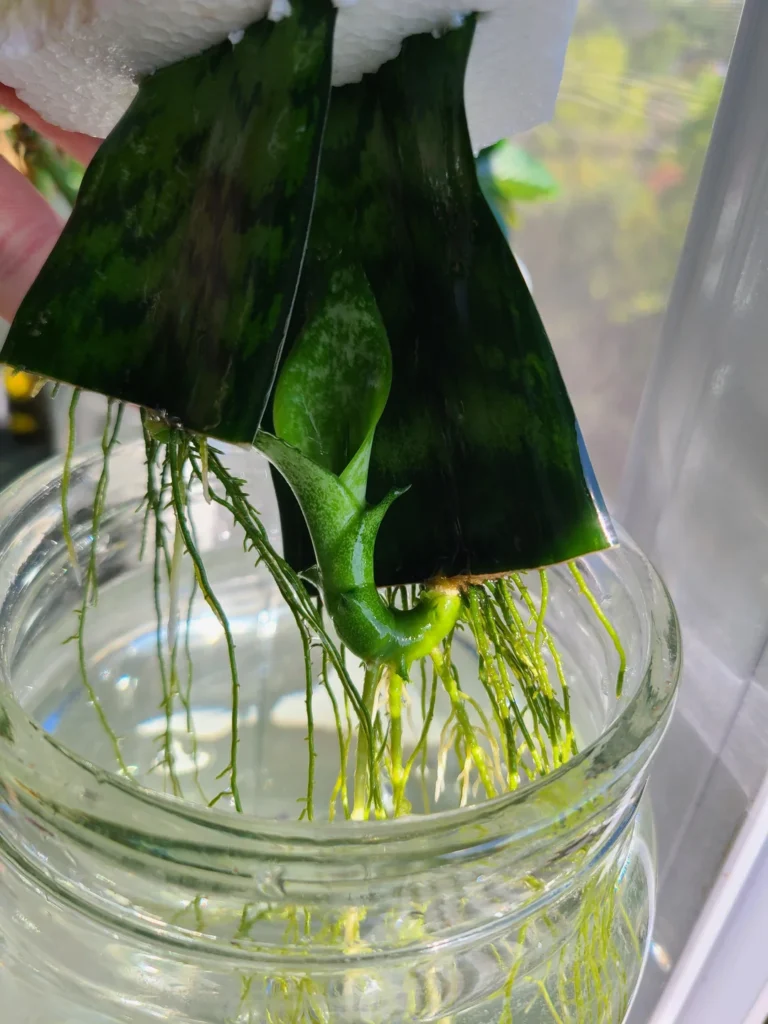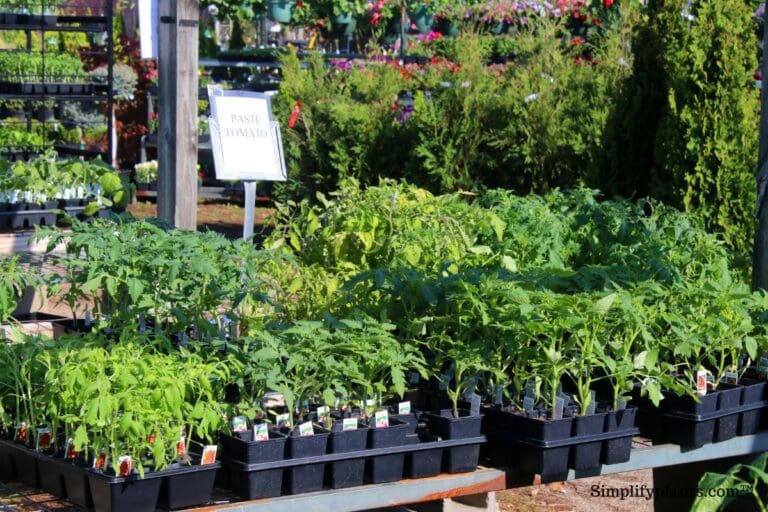5 Fast Ways to Prep Your Houseplants Before a Trip
Whenever I get ready for a trip, I can’t help but worry about my houseplants. I just want them to stay healthy while I’m gone.
With a few simple steps, I can help my plants survive and look good until I return. It doesn’t take long, and honestly, it gives me a lot of peace of mind when I’m traveling.
Please note: Simplify Plants is reader-supported. As an Amazon Associate, I earn from qualifying purchases made by our readers with no extra cost added to you all! Some links in the post are affiliate links and I get a commission from purchases made through links in the post.
1) Group plants by water needs
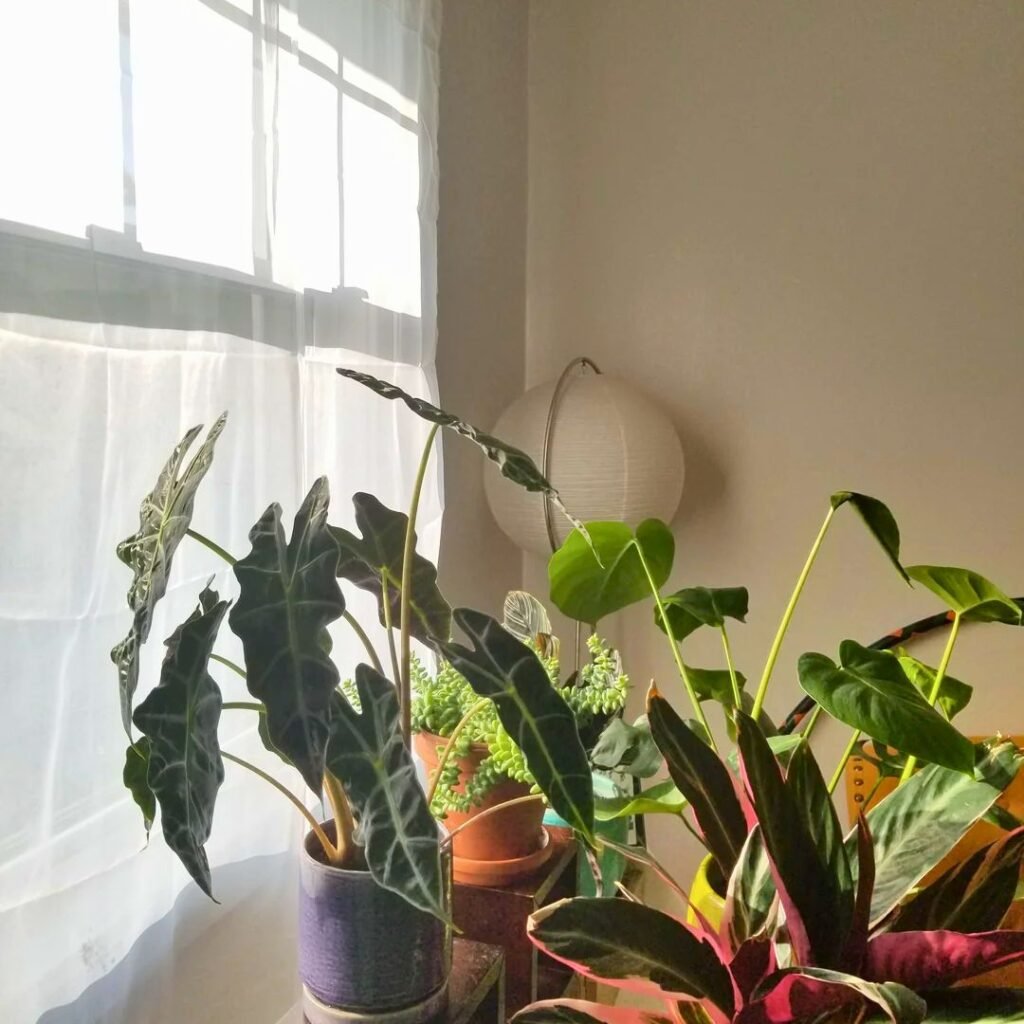
First thing I do? Sort my plants based on how much water they need. Some absolutely love moist soil, and others seem to thrive on neglect.
I stick thirsty plants like ferns and peace lilies together so I can water them all at once. Drought-lovers like succulents and cacti get their own group and a lot less water.
Grouping like this helps me avoid overwatering or underwatering. Plus, it saves time, which is always nice.
I find a spot with enough light for each little group. I don’t stress about mixing different species—if their water needs match, they’re fine.
Honestly, organizing plants this way has made pre-trip care way easier. It’s a simple step, but it really makes a difference.
2) Set up a self-watering system like Blumat
I always want my houseplants to stay hydrated while I’m away. Setting up a self-watering system is honestly one of the easiest ways to make sure they get enough water.
I usually go for something like Blumat—super simple, no electricity, no timers. Blumat spikes just go right into the soil and connect to a water reservoir via thin tubes.
When the soil dries, the Blumat spikes slowly release water. This means my plants get just the amount they need, so I’m not worried about overwatering.
I love that I can use an old water bottle or jug as the reservoir. Before my trip, I double-check that each plant has a spike and the water reservoir is topped up.
I give the system a quick test—if water moves through the tubes and the soil looks damp after a day, I know it’s working. Blumat systems are reusable and easy to stash away when I don’t need them.
They work for both big and small plants, which is a bonus. Knowing my plants are set up like this makes it easier to leave home, whether it’s just for a few days or a whole week.
3) Move plants to indirect sunlight
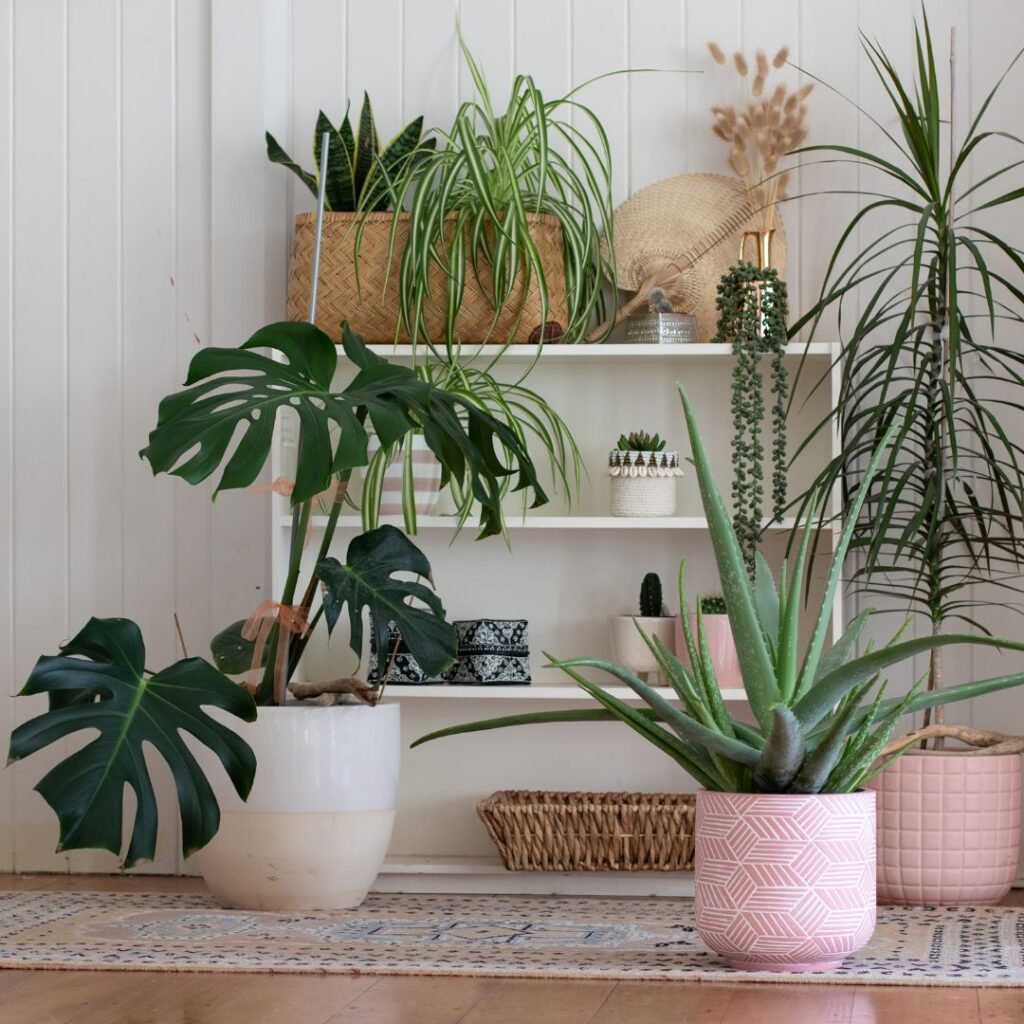
Before I leave for a trip, I always move my houseplants out of direct sunlight. Direct sunlight dries out soil much faster—not ideal if nobody’s watering them.
I look for a spot with bright but indirect light, maybe near a window with a sheer curtain. This lets my plants get enough light without getting scorched or thirsty.
For most houseplants, a slightly shadier spot is better than too much sun while I’m gone. Less sun means slower water use.
I never stick them somewhere totally dark, though—they still need some light to stay healthy. A windowsill that skips harsh midday sun is usually perfect.
Sometimes I move my plants a few feet from the window or just use blinds to filter the light. Even if it’s just for a few days, I notice they look greener and happier when I get back.
It really only takes a minute to move them, but it makes a big difference in keeping them happy.
4) Prune dead leaves and stems
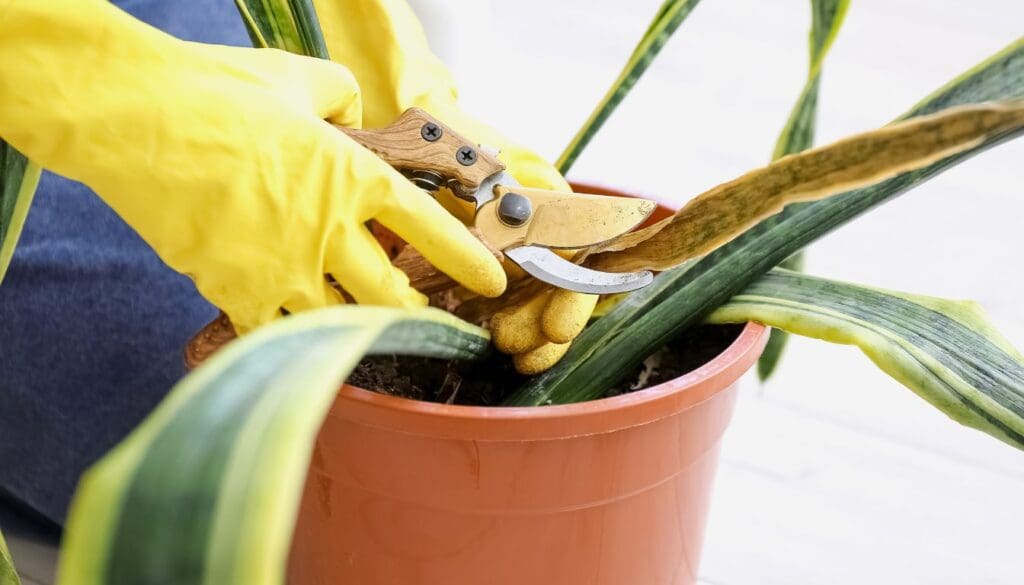
Before I leave, I check my houseplants for any dead or yellowing leaves. I grab some clean scissors and snip them away.
Cutting off dead or dying parts lets the plant save energy. It doesn’t waste effort on leaves or stems that aren’t going to recover.
I also look for broken or brown stems and trim those, too. This can help prevent diseases or pests from spreading while I’m away.
If I notice any cut area is moist or sticky, I blot it dry. For succulents, I just use my fingers to gently pull away anything dead.
Pruning keeps the plant looking tidy, which is a nice bonus. Coming home to neat, happy plants is way better than a mess of wilted leaves.
Just a few minutes of pruning and my plants are set for my time away. It’s quick, easy, and gives them a fresh start.
5) Use moisture-retentive soil additives
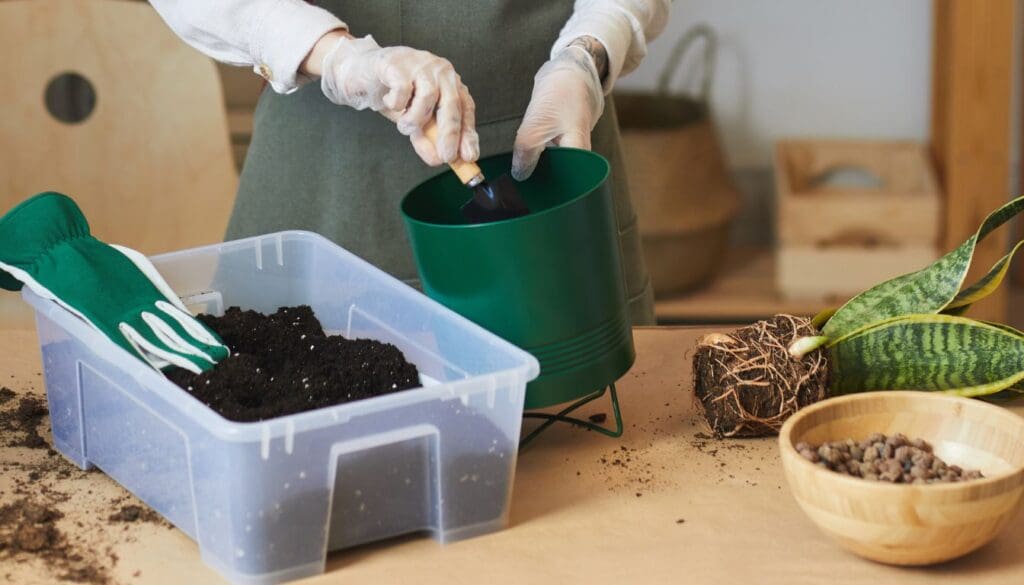
When I know I’ll be away, I like to mix water-saving products into my plant soil. The most popular are water-absorbing crystals and coconut coir.
These additives help the soil hold water for longer. So even if I’m not there to water daily, my plants don’t dry out as fast.
Water-absorbing crystals swell up when watered, then slowly release moisture as the soil dries. That way, the roots get water when they need it.
Coconut coir is another favorite. It’s made from coconut husks and helps keep soil fluffy and damp, but not soggy.
Whenever I use these, I make sure to follow the package directions—too much can make things swampy. I usually add them a day or two before leaving, so the soil has time to settle.
Adding moisture-retentive products gives me peace of mind. My plants get what they need, and I’m way more likely to come home to healthy, happy greenery.
Understanding Your Plants’ Needs
When I leave my houseplants behind, I try to remember what each one needs. Healthy plants really do start with understanding how they react to changes and what keeps them happy.
Recognizing Signs of Stress
I look for wilting leaves, dry soil, and brown tips—classic stress signals. If leaves droop or change color, it’s usually a sign they need more water or light.
Before traveling, I check for yellow leaves or mushy stems, which can mean overwatering. Spots or holes in leaves sometimes mean pests, so I try to deal with those before I leave.
I always run my finger through the soil. If it’s dusty or pulling away from the pot, my plant is thirsty. If it’s soggy, I know to hold back on water.
By watching these signals, I can catch problems early and help my plants stay strong while I’m away.
Adjusting Care for Different Species
Not all plants need the same things. My succulents and cacti like to dry out, so I water them less before leaving.
My ferns and peace lilies? They want more consistent moisture, so I give them a good drink. Some plants, like orchids, need bright but indirect light, so I move them away from harsh sun.
Others, like snake plants and ZZ plants, are pretty chill—they can handle shade and drying out, so they’re easy to leave alone. I like to use a quick chart to remind myself:
| Plant Type | Water Needs | Light Needs |
|---|---|---|
| Succulents | Low | Bright, indirect |
| Ferns | High | Indirect |
| Snake Plants | Low | Low to bright |
| Orchids | Medium | Bright, indirect |
Matching care to each species helps my plants stay healthy while I’m away.
Creating the Ideal Environment
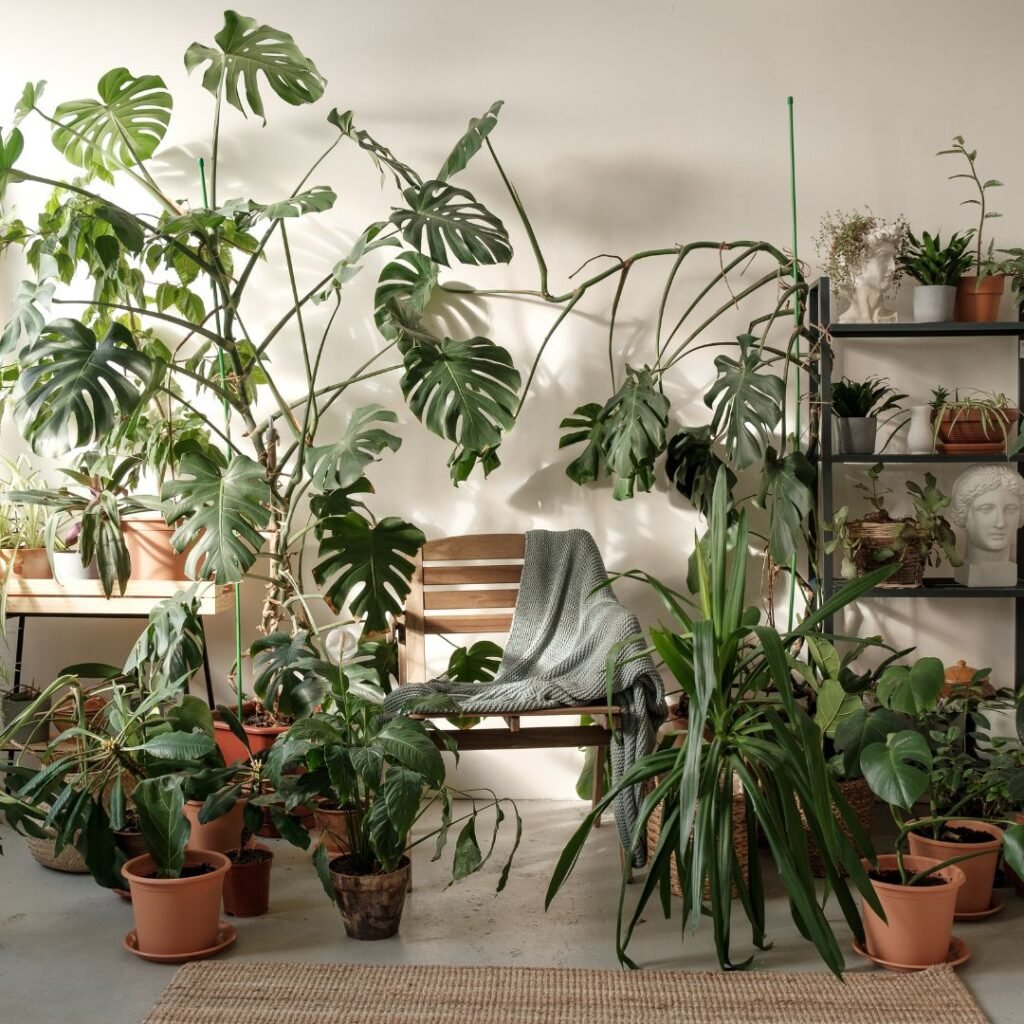
I try to keep my houseplants happy during a trip by paying attention to light, temperature, and humidity. It’s not complicated, but it does help them stay comfortable when I’m gone.
Managing Light and Temperature
I start by moving my plants away from harsh sunlight. Bright, indirect light is best, so I go for windows with sheer curtains or filtered light.
Direct sun just dries soil out way too fast. I also check the thermostat and set it between 65°F and 75°F—most indoor plants seem to like that range.
I avoid putting plants near air conditioners, heaters, or drafty windows. Sudden temperature changes can stress them out.
If my plants are used to grow lights, I set a timer for 12–14 hours of light each day. Nothing fancy—a basic timer works fine.
Humidity Considerations
Dry air can really mess with some plants, especially in summer or winter. To help, I group my plants together to create a mini microclimate with higher humidity.
Sometimes I put a shallow tray filled with water and pebbles under the pots. The water evaporates and boosts the air moisture without making the roots soggy.
If a room is super dry, I’ll run a small humidifier on low. For tropical plants—like ferns or calatheas—I move them to the bathroom if there’s enough light.
Steam from showers helps too. These little tweaks keep leaves fresh and green while I’m away.
Frequently Asked Questions
I find it helpful to use self-watering systems, group plants by water needs, and move them out of direct sunlight. Before traveling, I prune away dead leaves or stems and use soil additives that help keep moisture in.
What are some effective methods for watering plants during a month-long vacation?
I use self-watering globes or spikes to keep my plants moist. For bigger plants, I’ll set up a simple drip system with water-filled bottles.
Sometimes I group plants close together; this helps them keep each other humid.
Can indoor plants survive for two months without care and how do I prepare for that?
Honestly, most of my indoor plants wouldn’t make it two months with zero care. Instead, I ask a friend to check on them or set up a reliable self-watering system.
I also use moisture-retentive soil to help the soil stay damp longer.
Is it a good idea to place my plants in the bathtub when going away on vacation?
I’ll sometimes put my plants in the bathtub if there’s enough natural light in there. Leaving a bit of water in the tub adds some humidity, which can be nice.
But honestly, it doesn’t work for every plant—especially the ones that really don’t like soggy roots. I’m careful to keep the pots from actually sitting in water.
What steps should I take to prep my houseplants for a shorter getaway, like two weeks?
Right before I leave, I make sure to give my plants a solid watering. I usually move them to a spot with indirect light and pull off any dead leaves I notice.
Grouping plants together is a little trick I use to help keep the humidity up, so they don’t dry out as quickly.
How can I ensure my indoor plants are adequately watered while I’m away for three months?
If I’m gone for three months, I definitely ask a friend or neighbor to check on my plants at least once. I also set up self-watering systems and use soil that holds onto moisture a bit longer.
Moving the plants away from really sunny windows helps slow down how fast they dry out. It’s not a perfect solution, but it usually does the trick.
What are the essential care tips for houseplants if I’m preparing for a vacation?
Water all plants before leaving. I always take a moment to remove any unhealthy leaves—no one wants to come back to a mess, right?
Using soil that holds moisture a bit longer can make a surprising difference. I like to group plants with similar water needs together; it just makes things so much easier.
If you’re feeling anxious, setting up self-watering tools can really help you relax while you’re away.
Recommended Garden Supplies
| Product Image | Our Recommended Gardening Supplies | Check Offers! |
|---|---|---|
Top Top
Top
Top
Top
Top
Top
Top
Top | rePotme Houseplant and Tropical Classic Potting Soil Mix | Check Offer On Amazon |
 Top
Top
Top
Top
Top
Top
Top
Top | Espoma Organic Indoor Plant Food | Check Offer On Amazon |
 Top
Top
Top
Top
Top
Top
Top
Top | GooingTop LED Grow Light 6000K Full Spectrum Clip Plant Growing Lamp | Check Offer On Amazon |
 Top
Top
Top
Top
Top
Top
Top
Top | Soil Moisture Meter | Check Offer On Amazon |
 Top
Top
Top
Top
Top
Top
Top
Top | Govee Hygrometer Thermometer, Bluetooth Enabled! | Check Offer On Amazon |
 Top
Top | LEVOIT Humidifiers for Large Room(Best For Plants) | Check Offer On Amazon |
 Top
Top
Top
Top
Top
Top
Top
Top | Upgraded DIY Automatic Drip Irrigation Kit, 15 Potted Houseplants Support | Check Offer On Amazon |
 Top
Top
Top
Top
Top
Top
Top
Top | Stainless Steel Heavy Duty Gardening Tool Set | Check Offer On Amazon |
 Top
Top
Top
Top
Top
Top
Top
Top | Bonide Insecticidal Soap | Check Offer On Amazon |
 Top
Top
Top
Top
Top
Top
Top
Top | Bonide 32 oz Spray Neem Oil for Organic Gardening | Check Offer On Amazon |
 Top
Top
Top
Top
Top
Top
Top
Top | Garden Safe Fungicide | Check Offer On Amazon |

